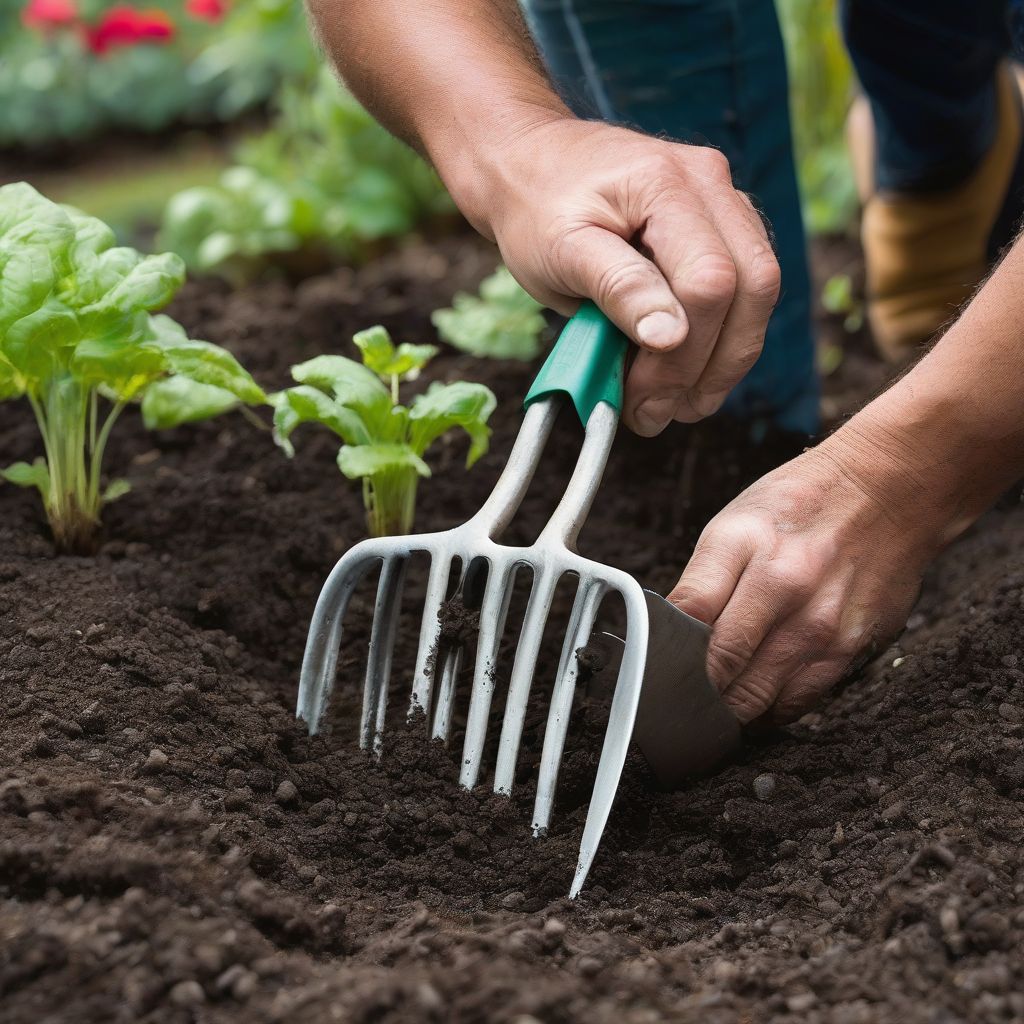Imagine this: you’re finally ready to plant that beautiful garden you’ve been dreaming of. You’ve got your seeds, your tools, and your gardening gloves. But wait! What about the soil? Just like we nourish our bodies with healthy foods, our plants need nutrient-rich soil to thrive. Preparing your soil properly is the most crucial step towards a flourishing garden and a bountiful harvest. Don’t worry, I’m here to guide you through each step of creating the perfect bed for your plants to flourish.
Understanding Your Soil
Before you grab your shovel, it’s essential to know what you’re working with. Soil is a complex mixture of minerals, organic matter, air, and water, and its composition varies widely.
Testing Your Soil
Just like a nutritionist uses tests to understand a client’s dietary needs, a soil test provides insights into your garden’s needs.
A soil test will tell you:
- pH Level: This indicates soil acidity or alkalinity, crucial for nutrient availability.
- Nutrient Content: Find out what nutrients your soil is lacking (like nitrogen, phosphorus, or potassium).
- Soil Composition: Discover the percentages of sand, silt, and clay in your soil, which affects drainage and water retention.
You can easily get a soil test kit online or at your local garden center.
Different Soil Types and Their Needs
- Sandy Soil: Well-draining but often lacks nutrients. Amend with compost or well-rotted manure.
- Clay Soil: Rich in nutrients but prone to compaction and drainage problems. Amend with compost, peat moss, or gypsum.
- Loamy Soil: The holy grail of gardening! Well-balanced and ideal for most plants.
A Step-by-Step Guide to Soil Preparation
Now that you understand your soil, let’s get our hands dirty (literally!) and prepare it for planting.
1. Clear the Area
Remove any existing weeds, grass, or debris from your planting area. This prevents competition for resources and gives your plants a clean slate.
2. Loosen the Soil
Using a garden fork or tiller, loosen the soil to a depth of 12-15 inches. This improves drainage, aeration, and root penetration.
 Loosening Soil with a Garden Fork
Loosening Soil with a Garden Fork
3. Amend the Soil
Based on your soil test results, add the necessary amendments to improve its structure and fertility.
- Compost: A gardener’s best friend! Compost adds nutrients, improves soil structure, and enhances water retention.
- Manure: Provides nitrogen and other essential nutrients. Use well-rotted manure to prevent burning plants.
- Other Amendments: Peat moss (for acidity), vermiculite (for drainage), or bone meal (for phosphorus) can be added as needed.
4. Level the Ground
Using a rake, level the soil surface and remove any large stones or clumps. This creates a smooth planting surface.
5. Water Deeply
Water the prepared area deeply to help settle the soil and amendments.
Additional Tips for Optimal Soil Health
- Practice Crop Rotation: Rotating crops annually helps prevent the depletion of specific nutrients and minimizes pest and disease problems.
- Mulch Around Plants: Applying a layer of mulch (like wood chips or straw) helps retain moisture, suppress weeds, and regulate soil temperature.
- Practice No-Till Gardening: Minimize soil disturbance by adopting no-till practices to preserve soil structure and beneficial organisms.
Conclusion
Preparing your soil for planting is an investment in the health and productivity of your garden. By understanding your soil type, testing its nutrient levels, and following these step-by-step instructions, you can create the perfect environment for your plants to thrive. Remember, healthy soil means healthy plants and a bountiful harvest.
Do you have any tried-and-true soil preparation tips? Share them in the comments below! Happy gardening!
[amazon bestseller=”soil test kit”]
